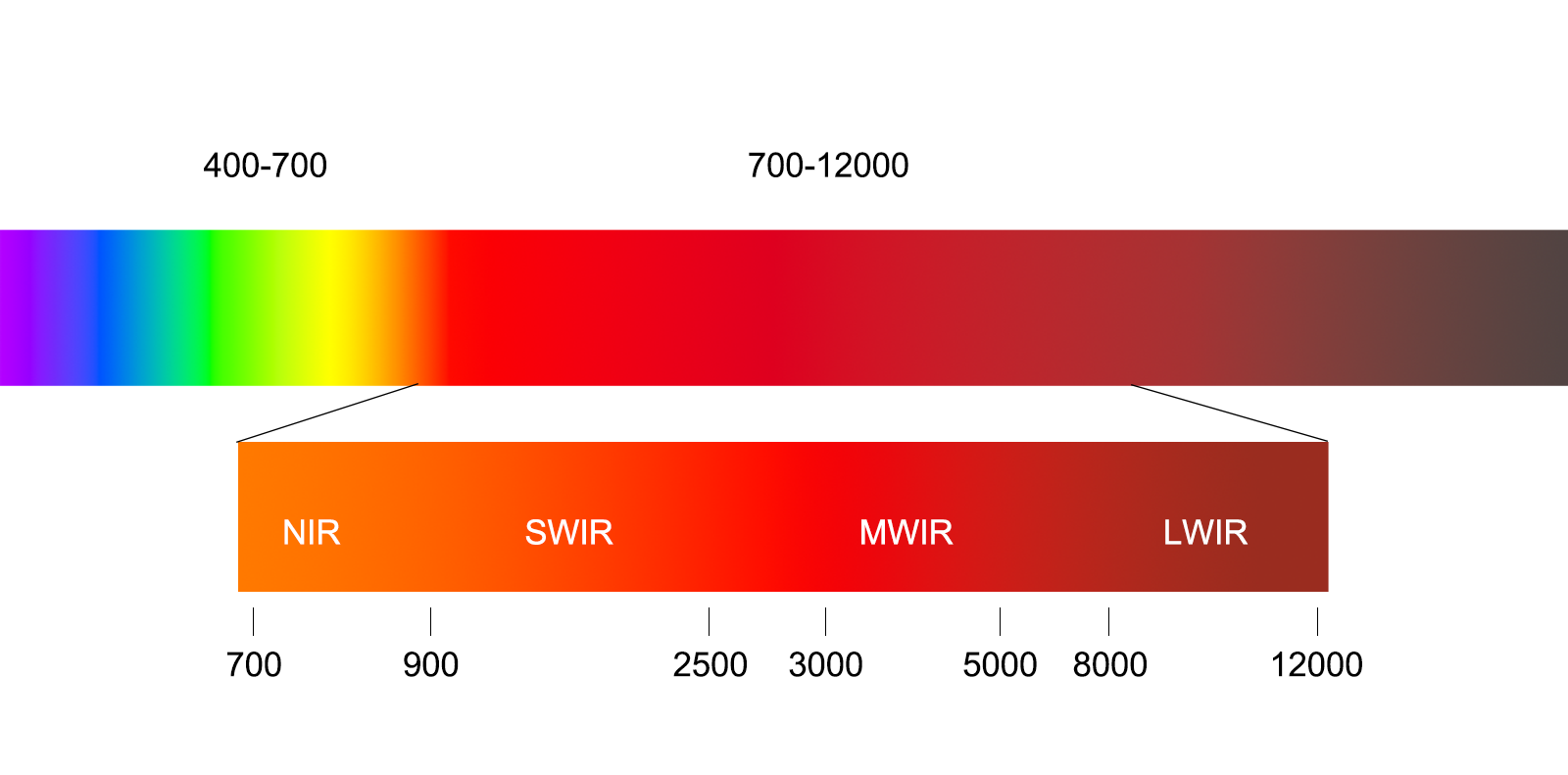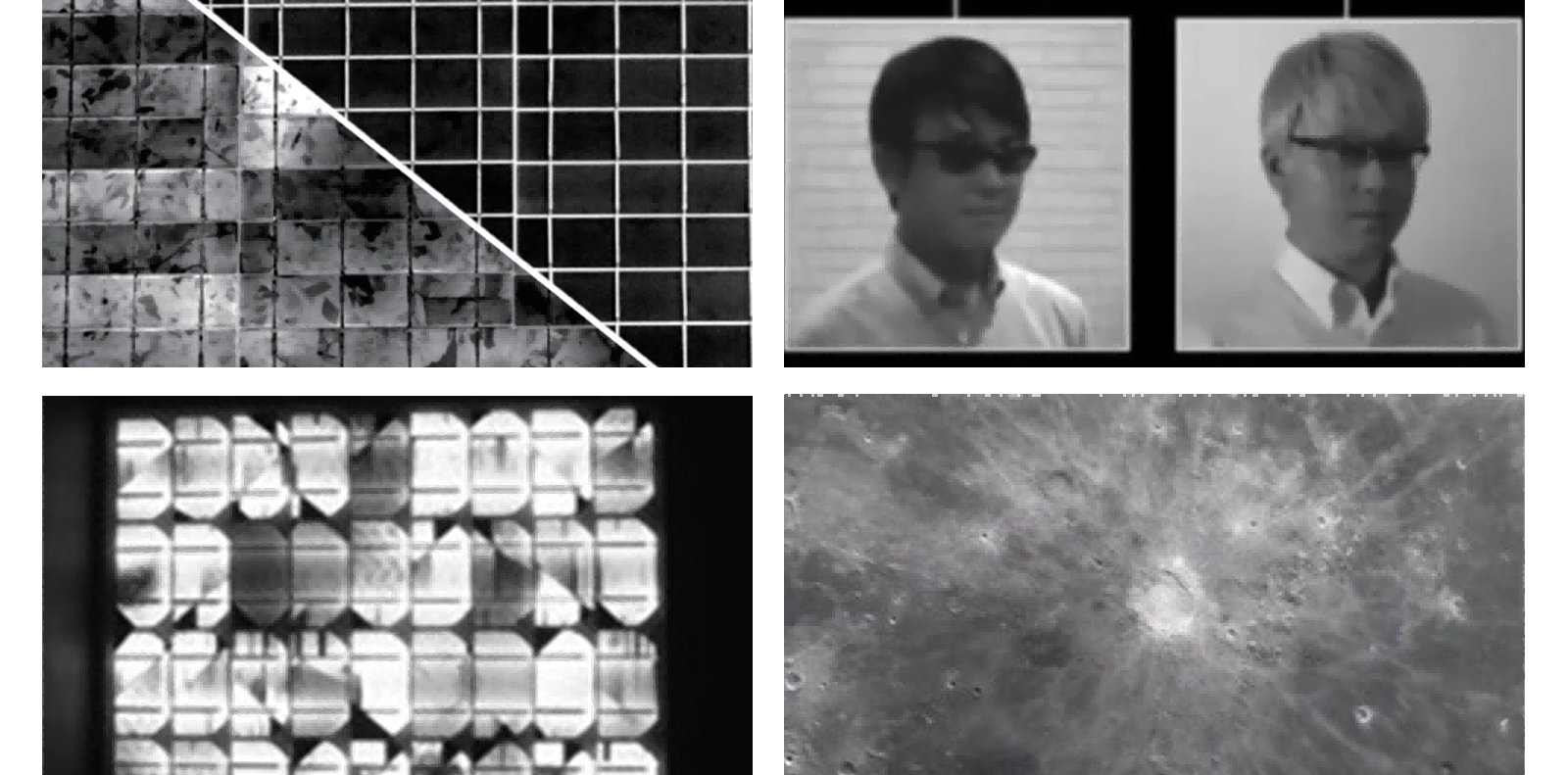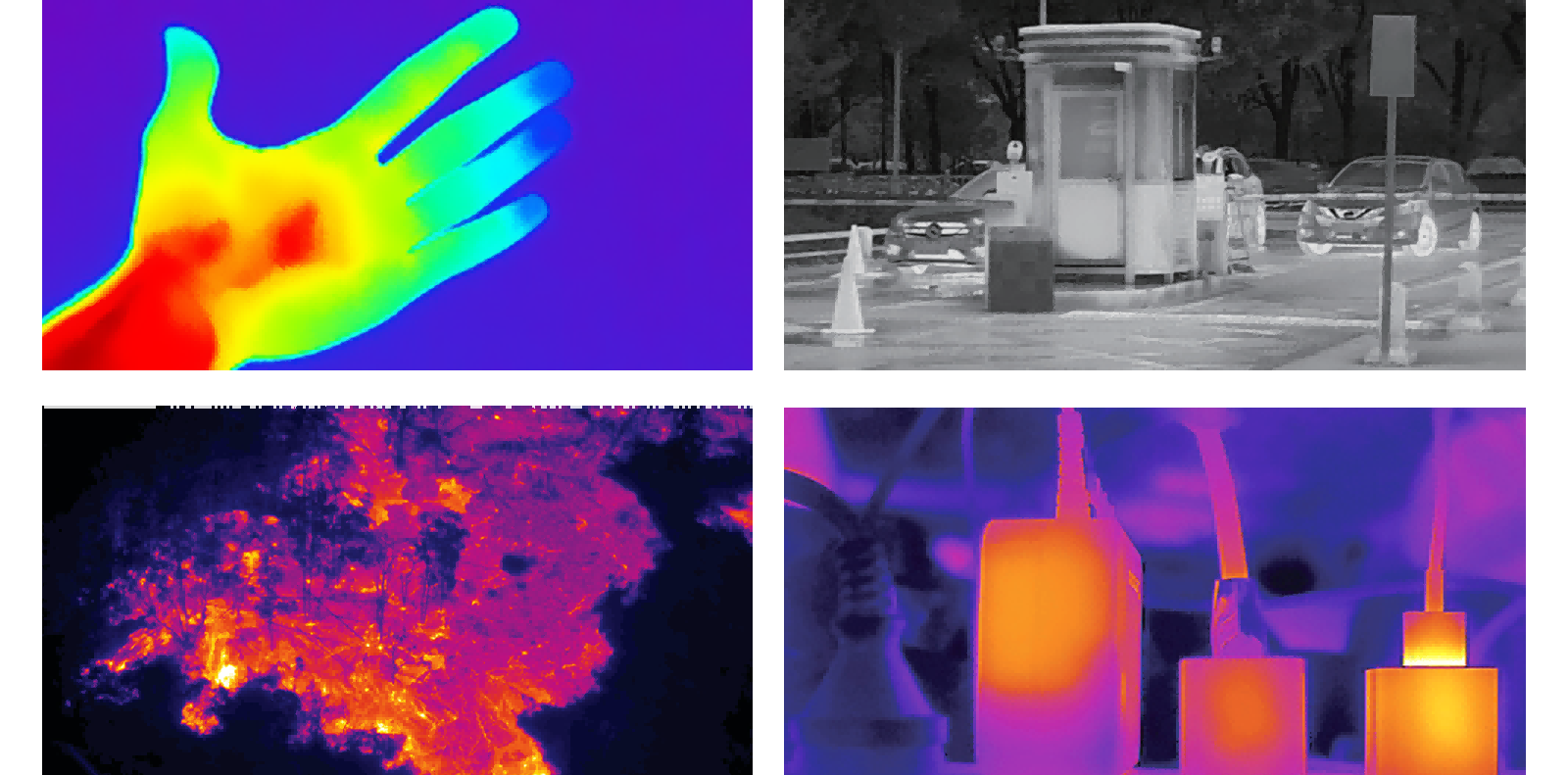Short-wave Infrared (SWIR) Cameras And Long-wave Infrared (LWIR) Cameras
The core difference between short-wave infrared (SWIR) cameras and long-wave infrared (LWIR) cameras lies in the different ranges of infrared wavelengths they detect, which in turn leads to significant differences in their working principles, imaging characteristics, and application scenarios.
1. Core Difference: Detected Wavelength Range
Short-Wave Infrared (SWIR) Cameras: Mainly detect short-wave infrared light in the range of 1.0-3.0 micrometers. This wavelength band relies on external light sources (such as the sun, infrared lamps) for reflected imaging, similar to the "passive reflection" mode of visible light cameras.
Long-Wave Infrared (LWIR) Cameras: Mainly detect long-wave infrared light in the range of 8.0-14.0 micrometers. They do not require external light sources and directly capture the thermal radiation emitted by objects themselves for imaging, belonging to the "active thermal imaging" mode.

2. Key Differences in Characteristics
Comparison Dimension Short-Wave Infrared (SWIR) Cameras Long-Wave Infrared (LWIR) Cameras
Imaging Dependence Require external light sources (reflected light); supplementary lighting needed at night No need for light sources; directly capture thermal radiation from objects
Penetration Ability Can penetrate smoke, light fog, and glass with high clarity Weak ability to penetrate smoke/glass; easily interfered by ambient temperature
Resolution & Details High resolution; capable of distinguishing text and tiny structures Relatively low resolution; focuses on "heat distribution" rather than details
Environmental Adaptability Stable imaging under strong light/sunlight; good performance in low-temperature environments Unaffected by light conditions; but prone to saturation in high-temperature environments (e.g., fires)

3. Typical Application Scenarios
Short-Wave Infrared (SWIR) Cameras:
Power inspection (detecting line overheating and internal faults)
Security monitoring (identifying faces and license plates with supplementary lighting at night)
Industrial testing (observing internal structures through plastic/glass)
Remote sensing and mapping (acquiring surface details through light fog)

Long-Wave Infrared (LWIR) Cameras:
Human body temperature measurement (epidemic prevention and control, medical diagnosis)
Night security (detecting moving objects without light sources)
Fire rescue (locating trapped people/fire sources through thick smoke)
Equipment thermal management (detecting thermal anomalies in motors, chips, etc.)



